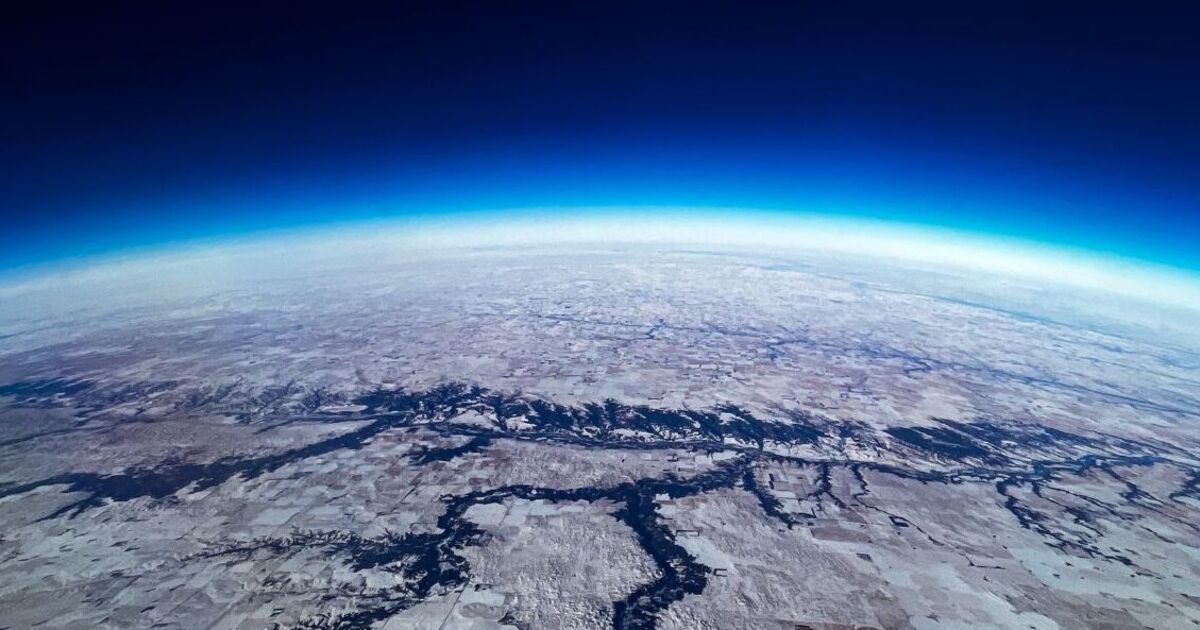After two decades of research, there has been new revelation that there is another planet that is relatively similar to Earth.
Astronomers analysed the two decades of data on a planet known as HD 20794d, which orbits in the habitable zone of a star similar to our sun.
The planet is said to be around 20 light years from our solar system, making it a near neighbour in the galaxy that is 105,000 light-years across. According to experts, these factors make it a prime candidate for hosting alien life.
Although more than 5,800 exoplanets that orbit around stars beyond ours have been identified, researchers say that planet HD 20794d’s discovery is “among the closest Earth-analogues we know about.”
So, what else do we know about this incredible planet?
The planet’s location in comparison to its host star means that it is in what is known as the Goldilocks zone of habitability.
This refers to the planet being “at the right distance from its star to sustain liquid water on its surface – a key ingredient for life as we know it,” researchers from the University of Oxford explained.
According to NASA, the super-Earth exoplanet takes 90.3 days to orbit its star, and it is done in an elliptical manner rather than circular.
Due to its size, planet HD 20794d is labelled as a super-Earth. Whilst it is not big enough to be as massive as Jupiter or Saturn, the planet which is around six times the mass of ours is said to be rocky, with a solid surface on which water could collect in rivers, lakes and oceans, per researchers.
HD20794 or 82 Eridani are the names given to its host star in the constellation Eridanus. Though it is smaller and doesn’t shine as bright as our sun, it is still bright enough to be seen with the naked eye and called a “solar-type star”.
Dr Michael Cretignier, whose “job mainly consists of finding these unknown worlds”, first spotted the signs of the planet in 2022, sharing that the data was worked on for years to “eliminate all possible sources of contamination.”
The 20 years’ worth of data involved in the research was recorded by the High Accuracy Radial Velocity Planet Searcher (Harps) spectrograph at La Silla Observatory in Chile. The research will be published in the journal Astronomy & Astrophysics, reports The Times.
Dr Cretigner, from the University of Oxford, said: “I’m now very enthusiastic to hear what other scientists can tell us about this newly discovered planet, particularly since it is among the closest Earth-analogues we know about and given its peculiar orbit.”












